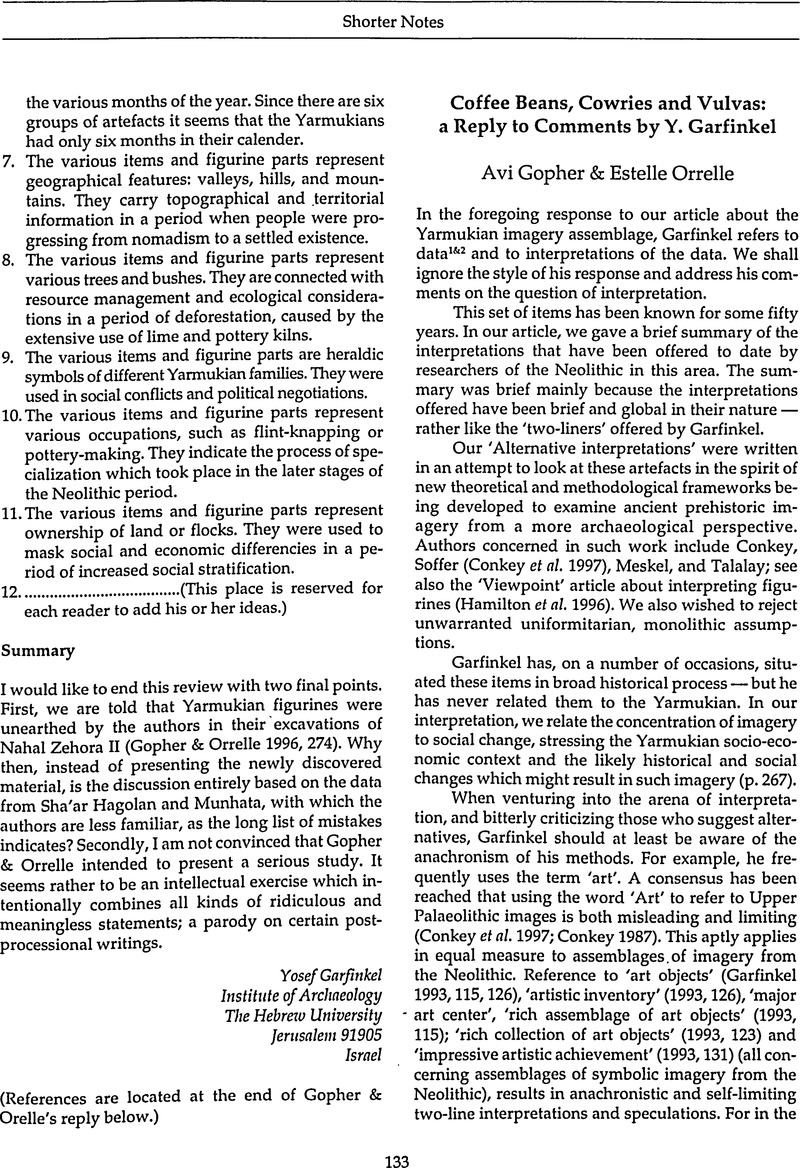Crossref Citations
This article has been cited by the following publications. This list is generated based on data provided by Crossref.
Gopher, Avi
2024.
Time to Go Beyond Chrono-Stratigraphy: The (EPPNB) Aswadian Culture of the Southern Levant.
Paléorient,
Vol. 49-2,
Issue. ,
p.
165.



